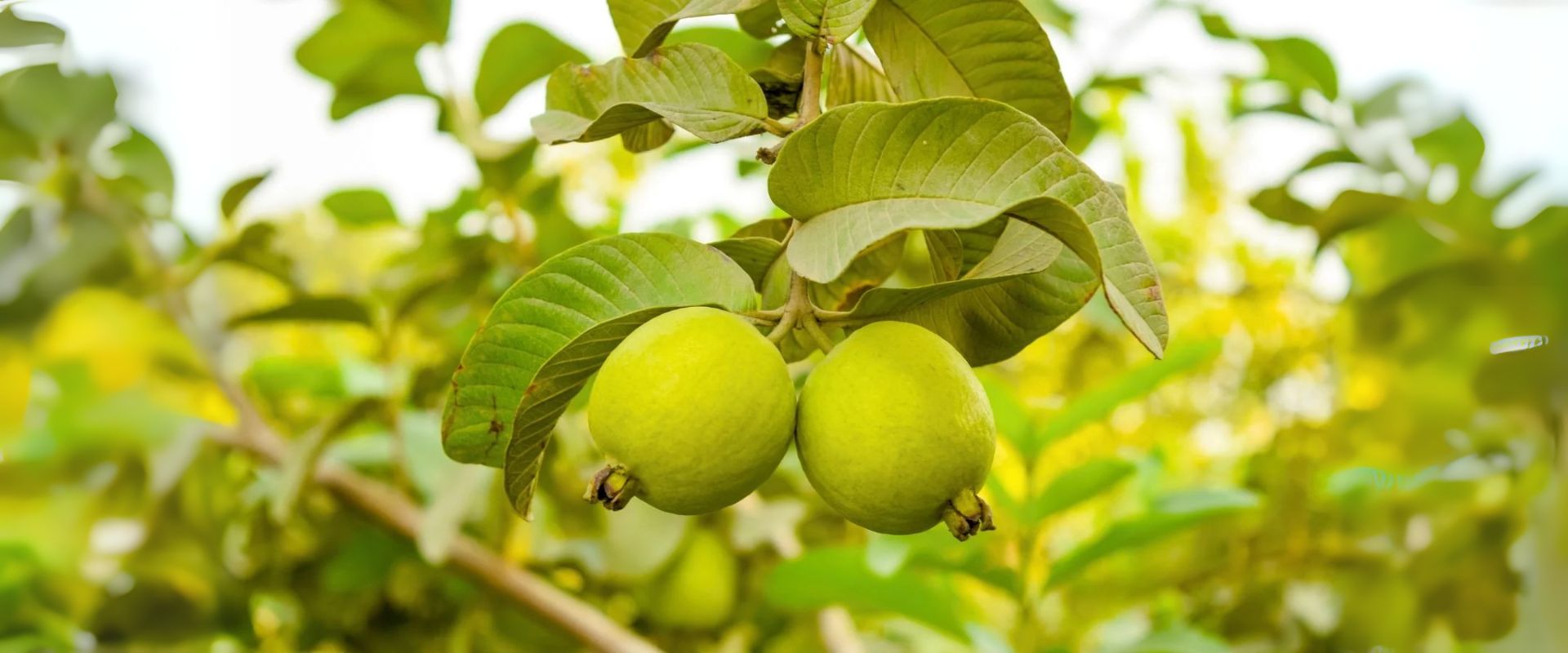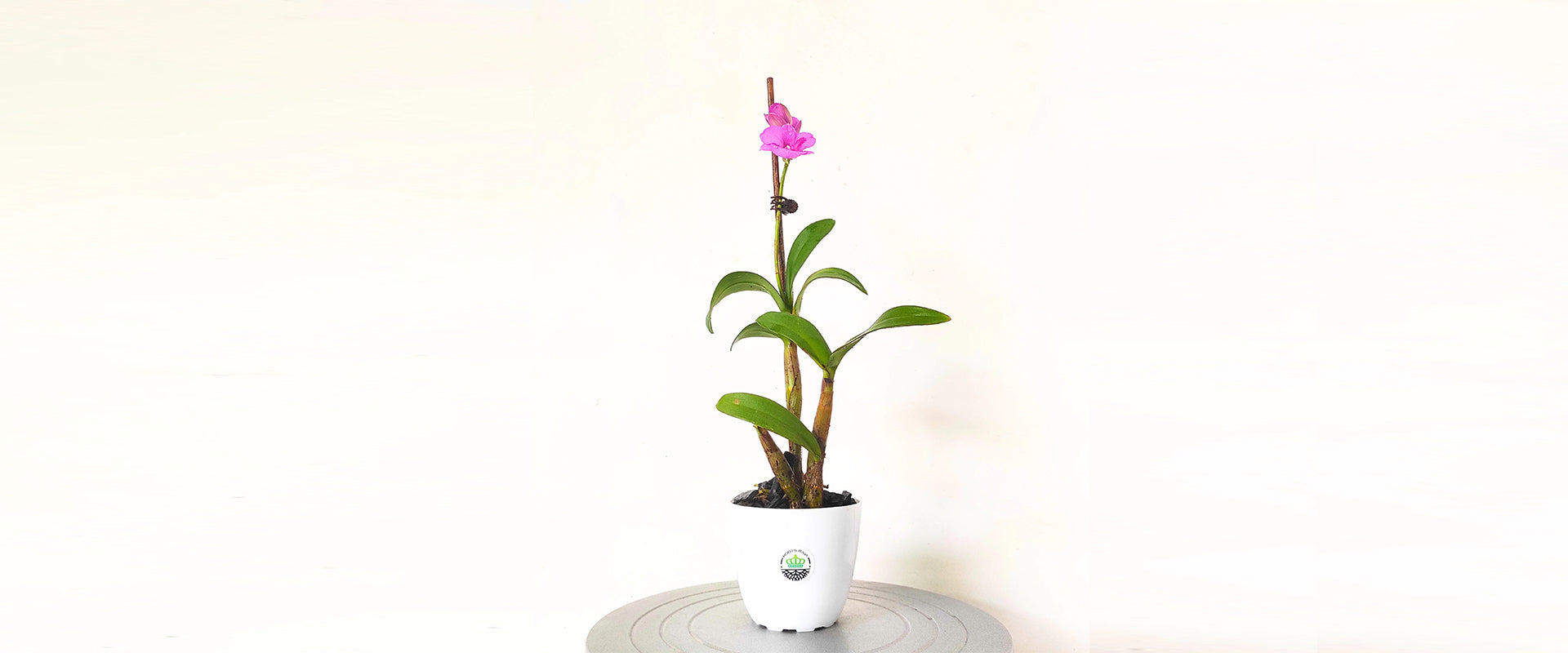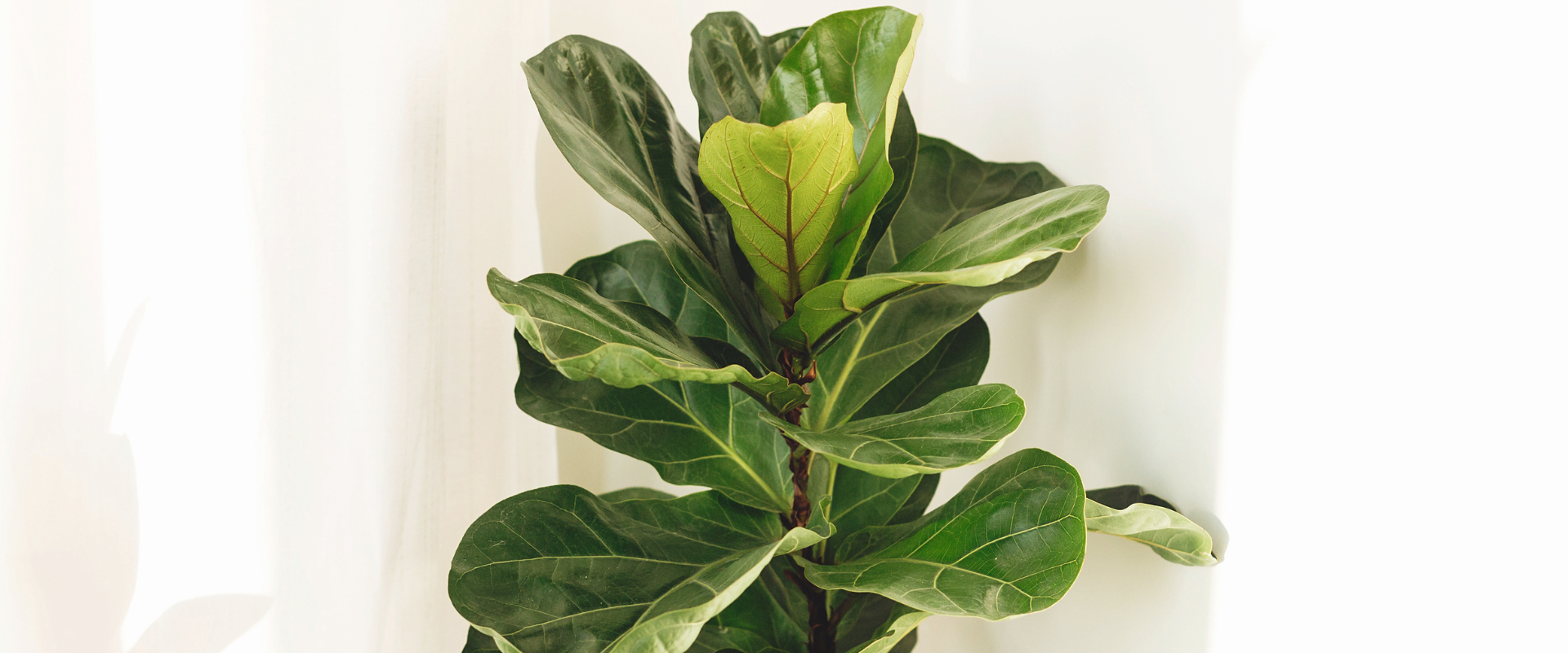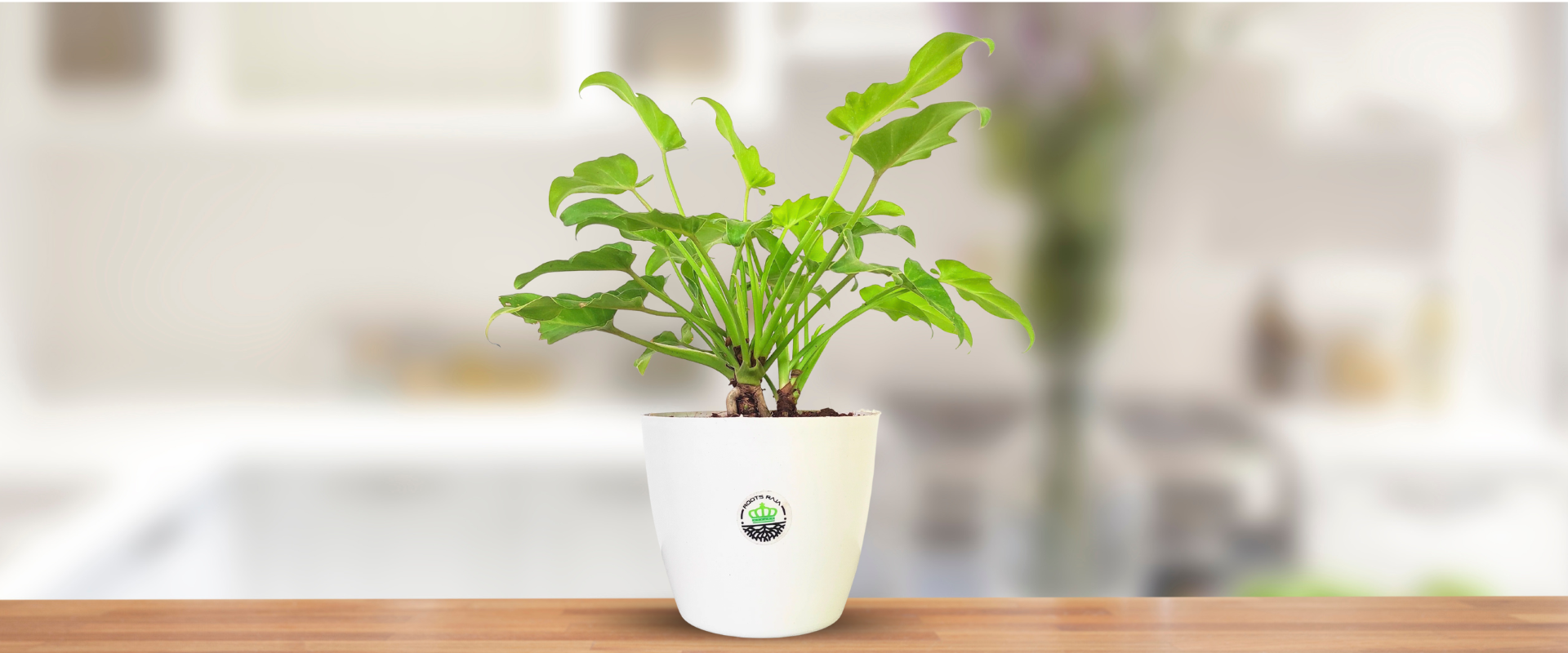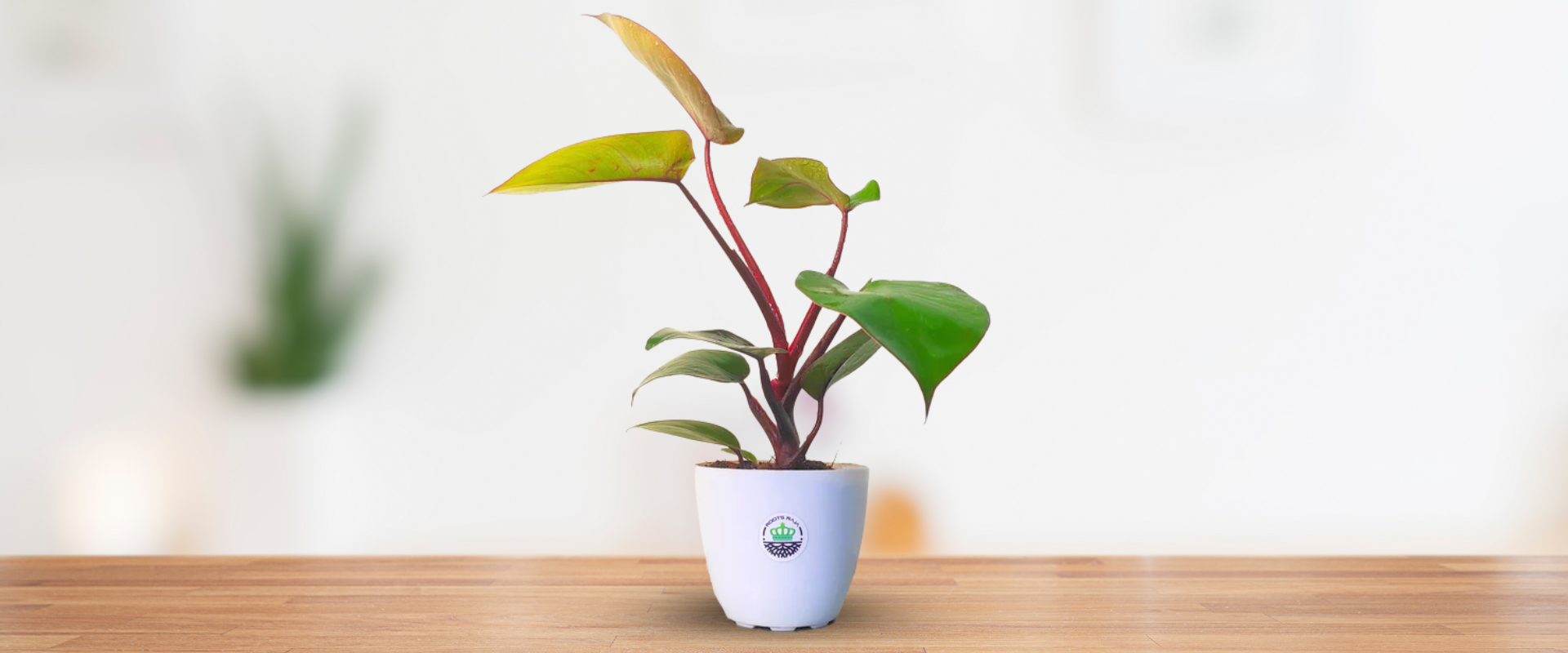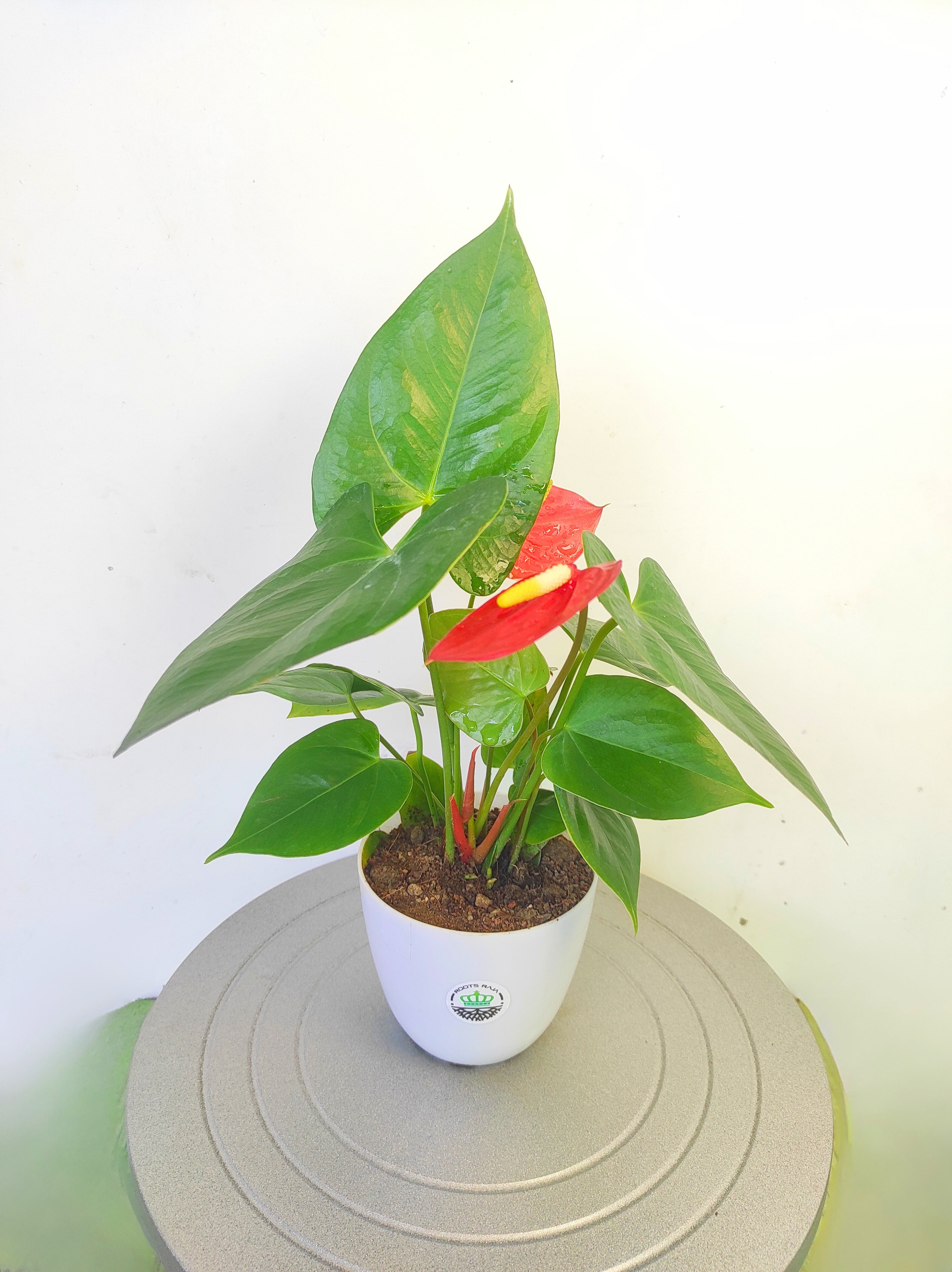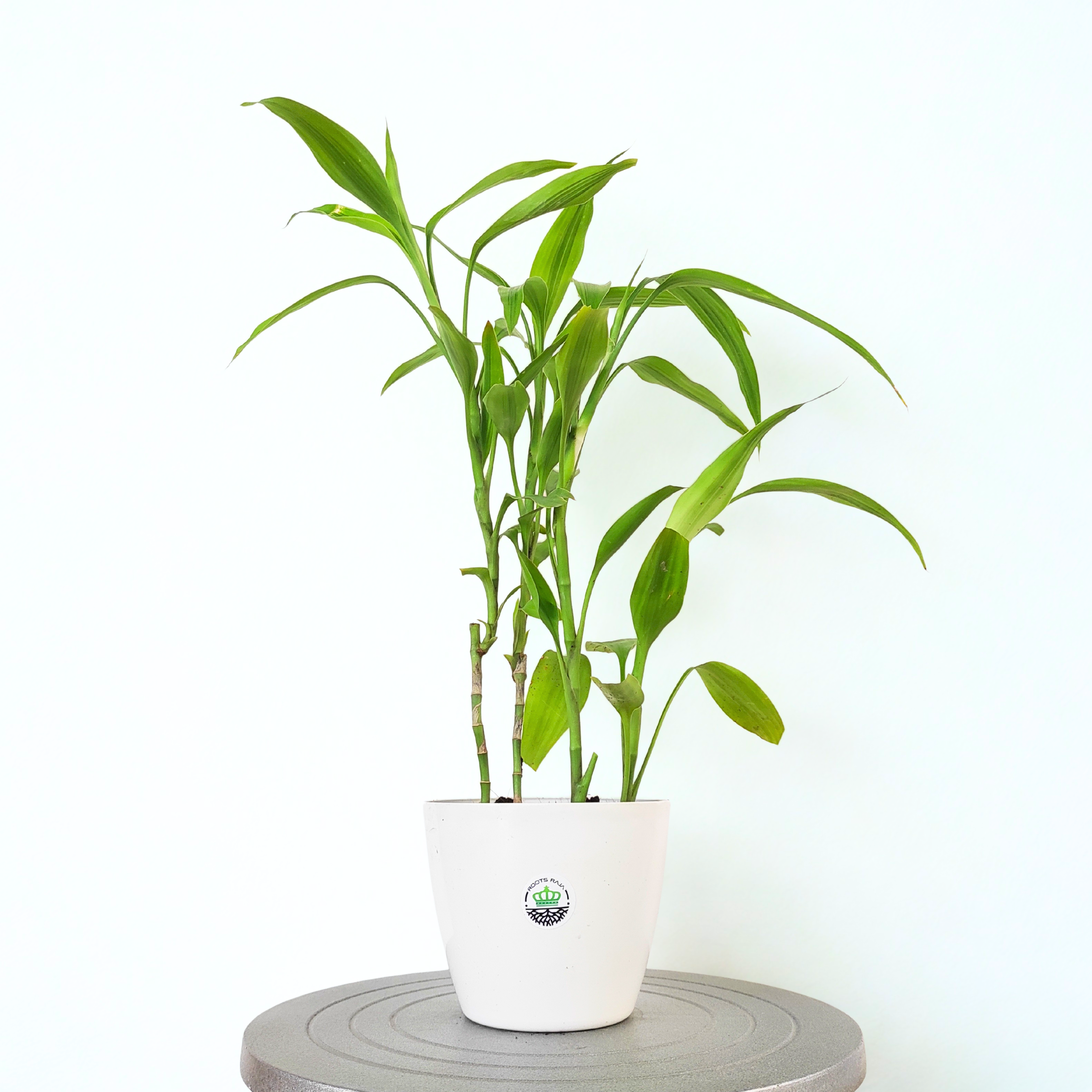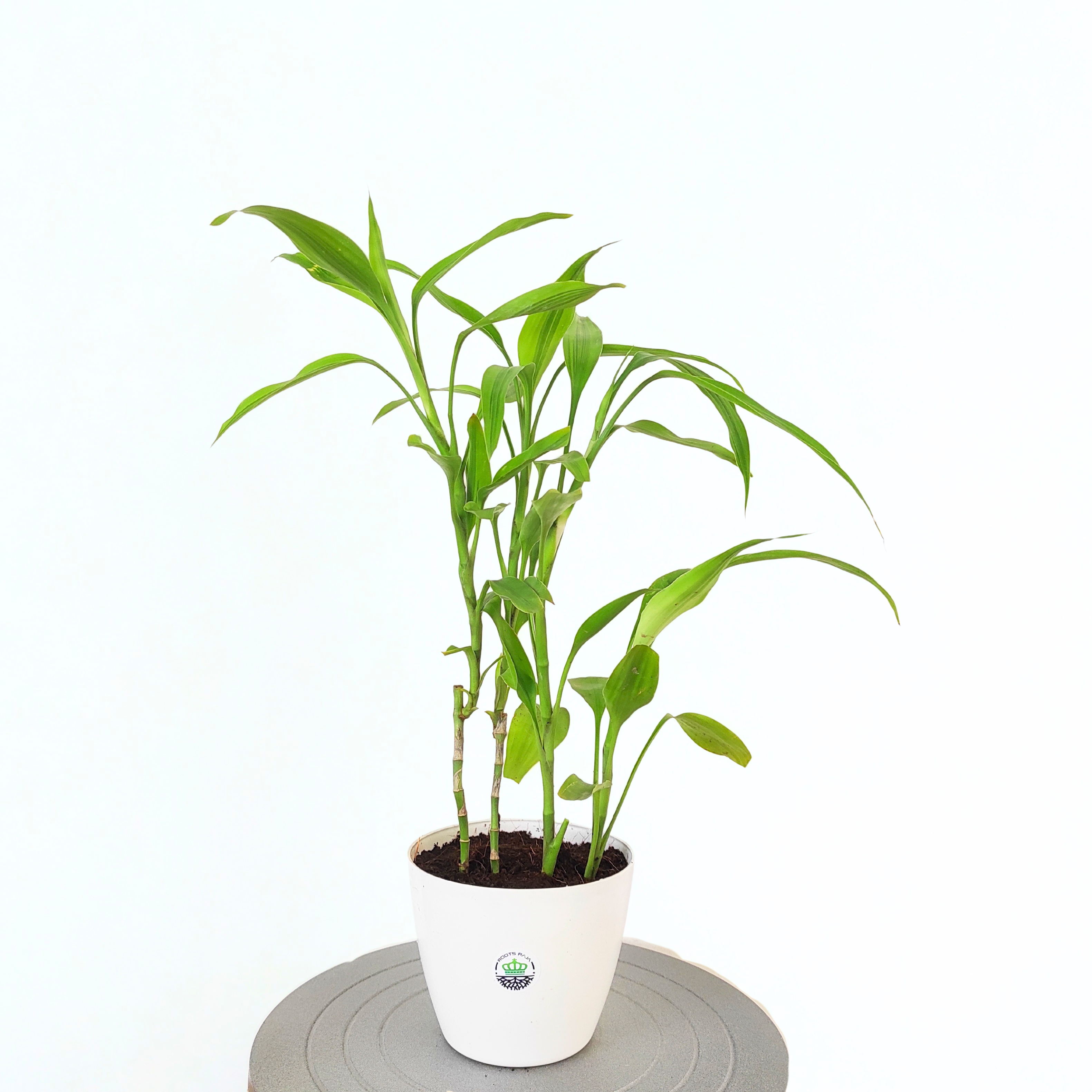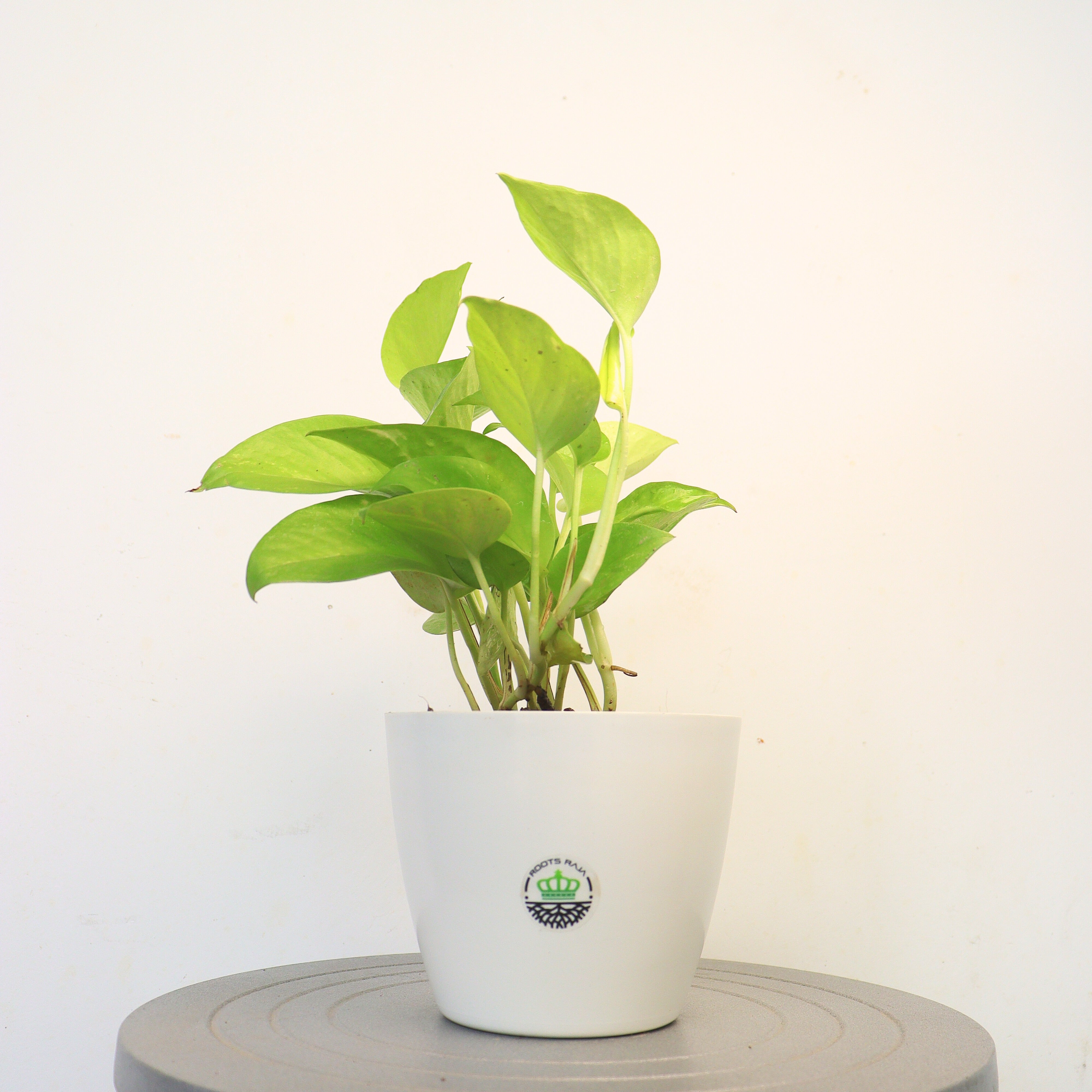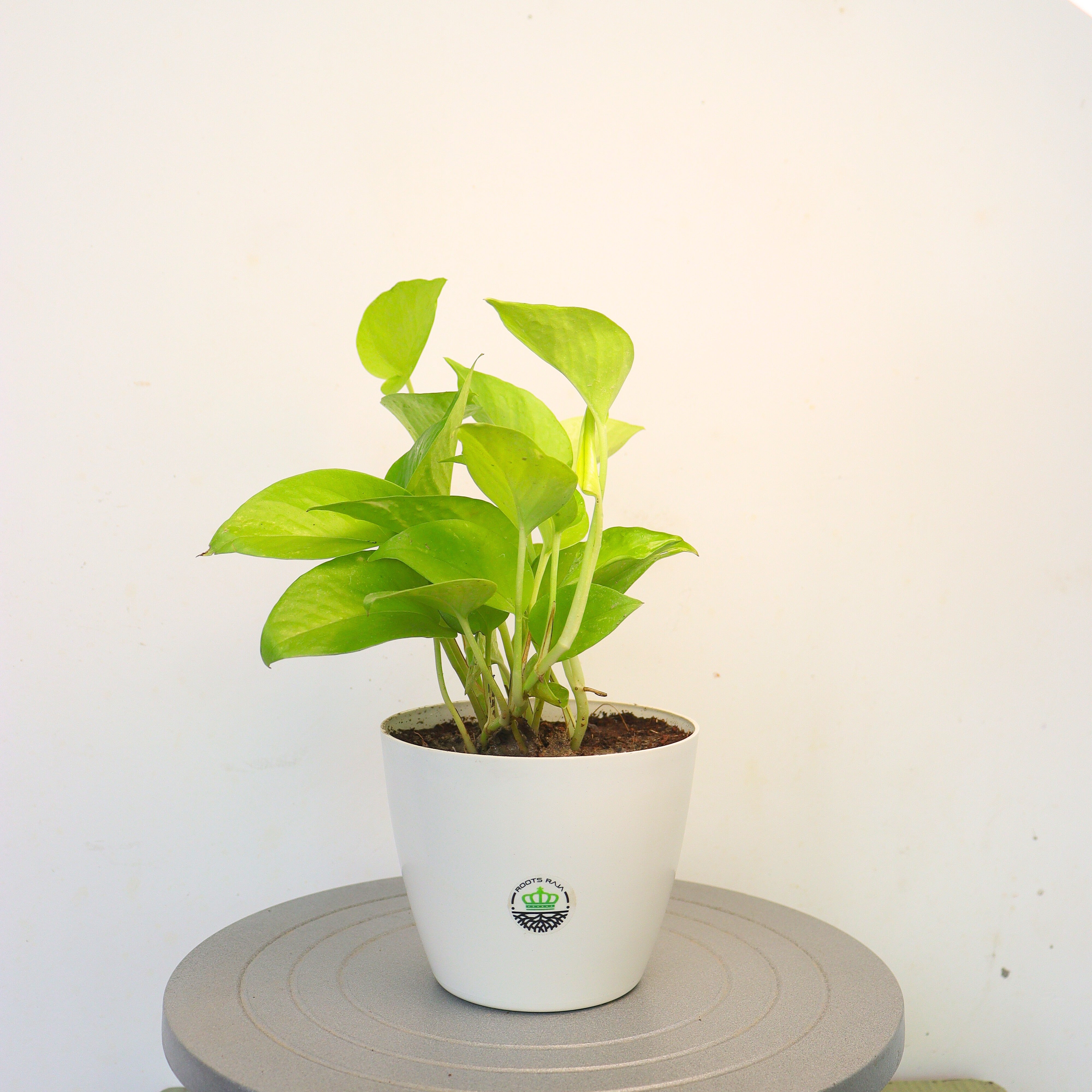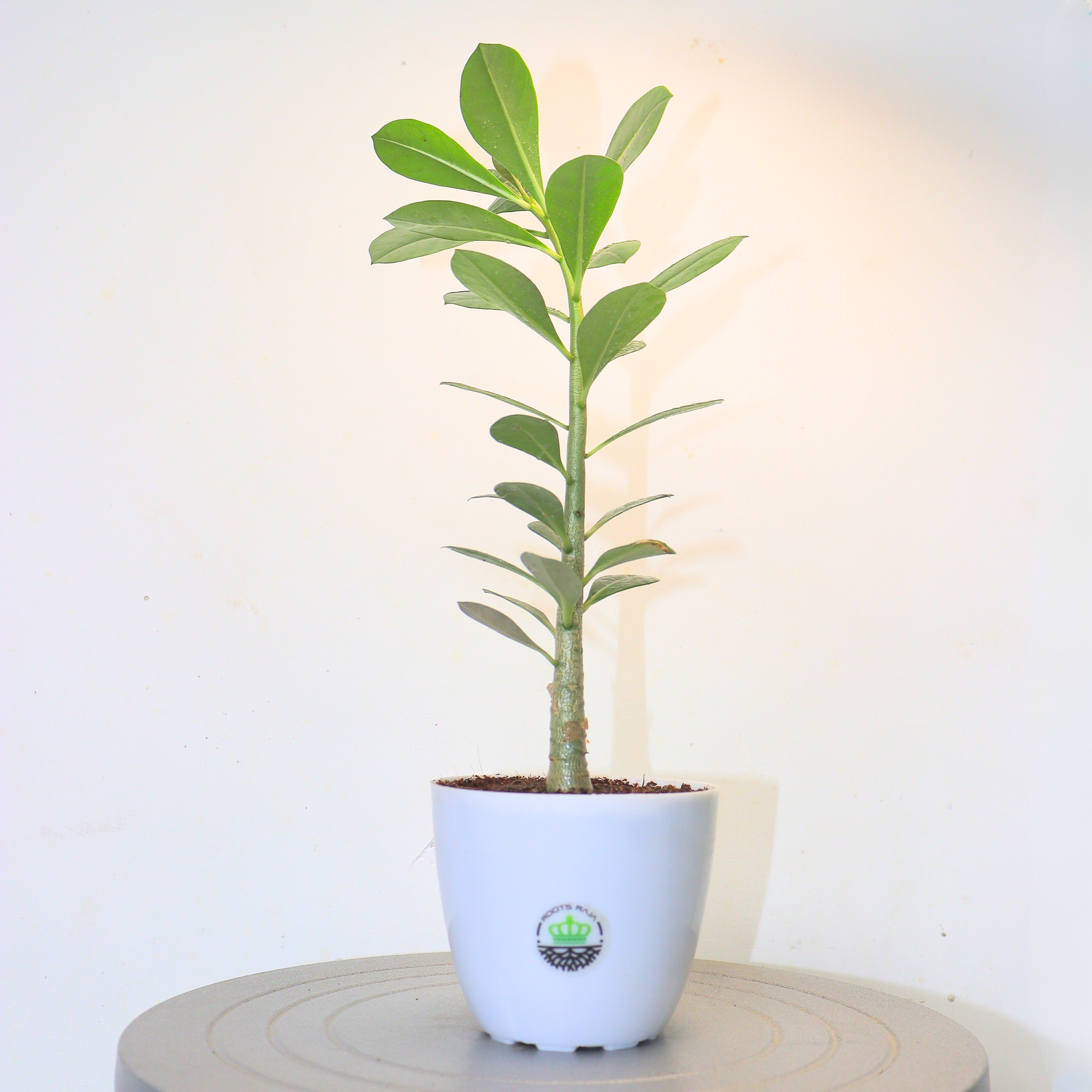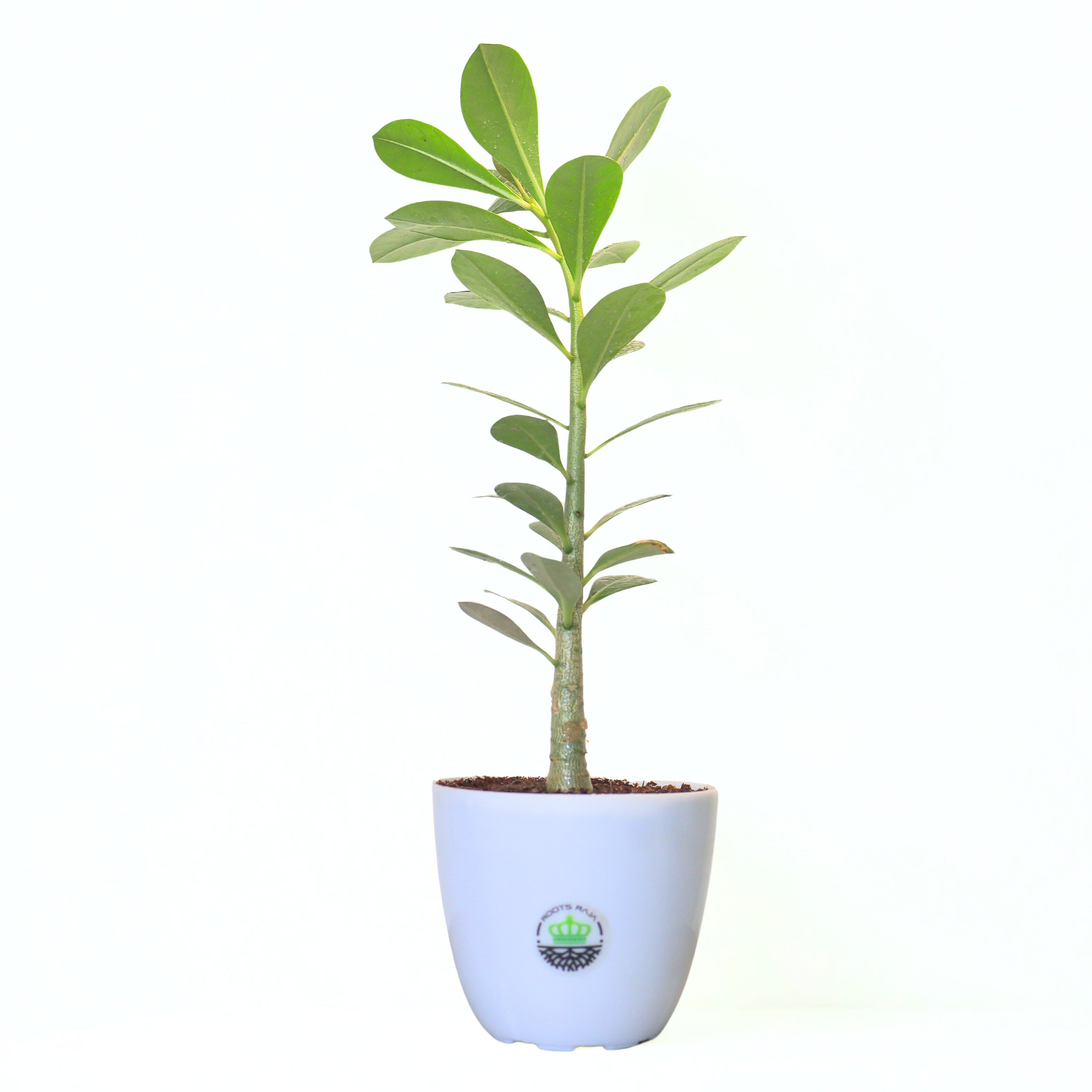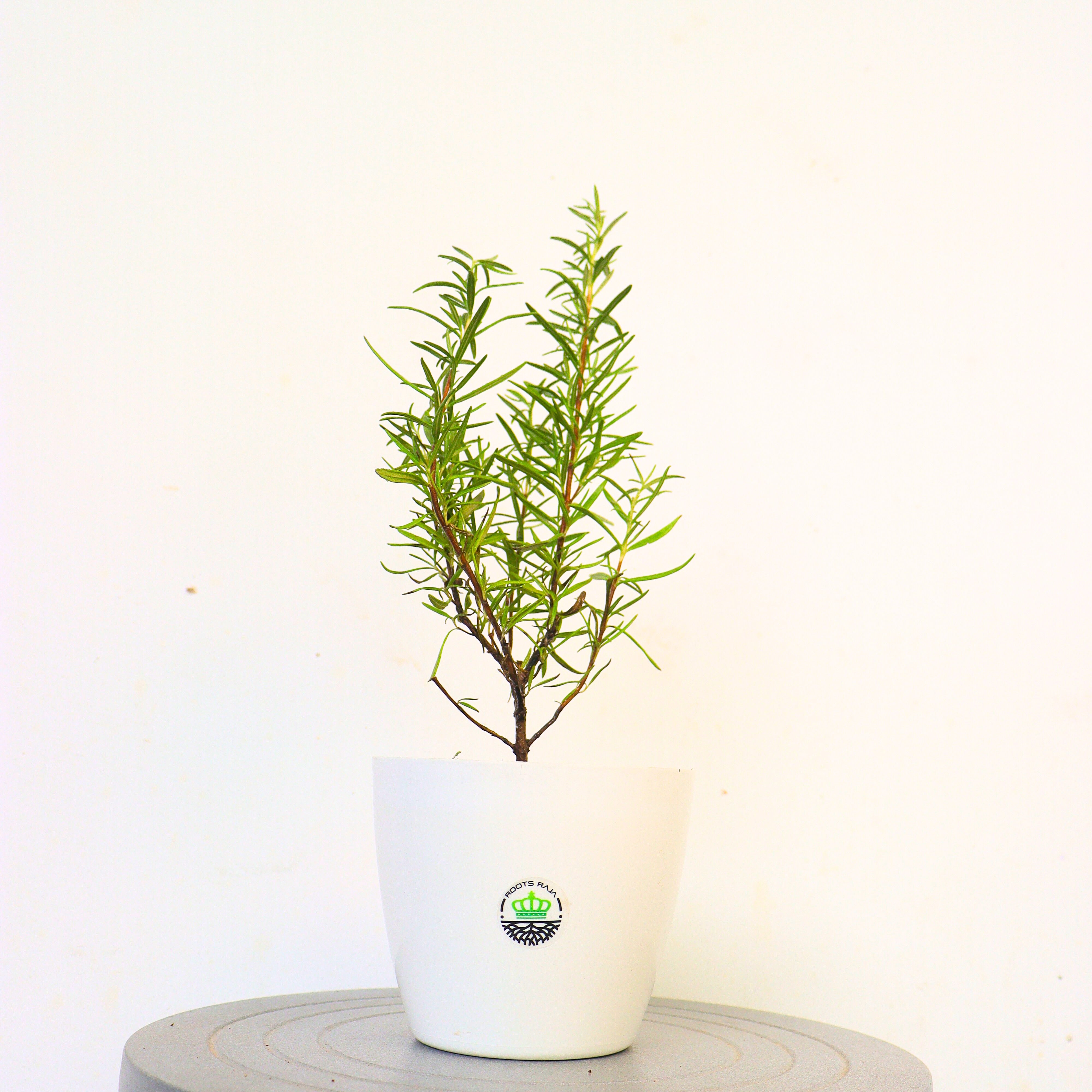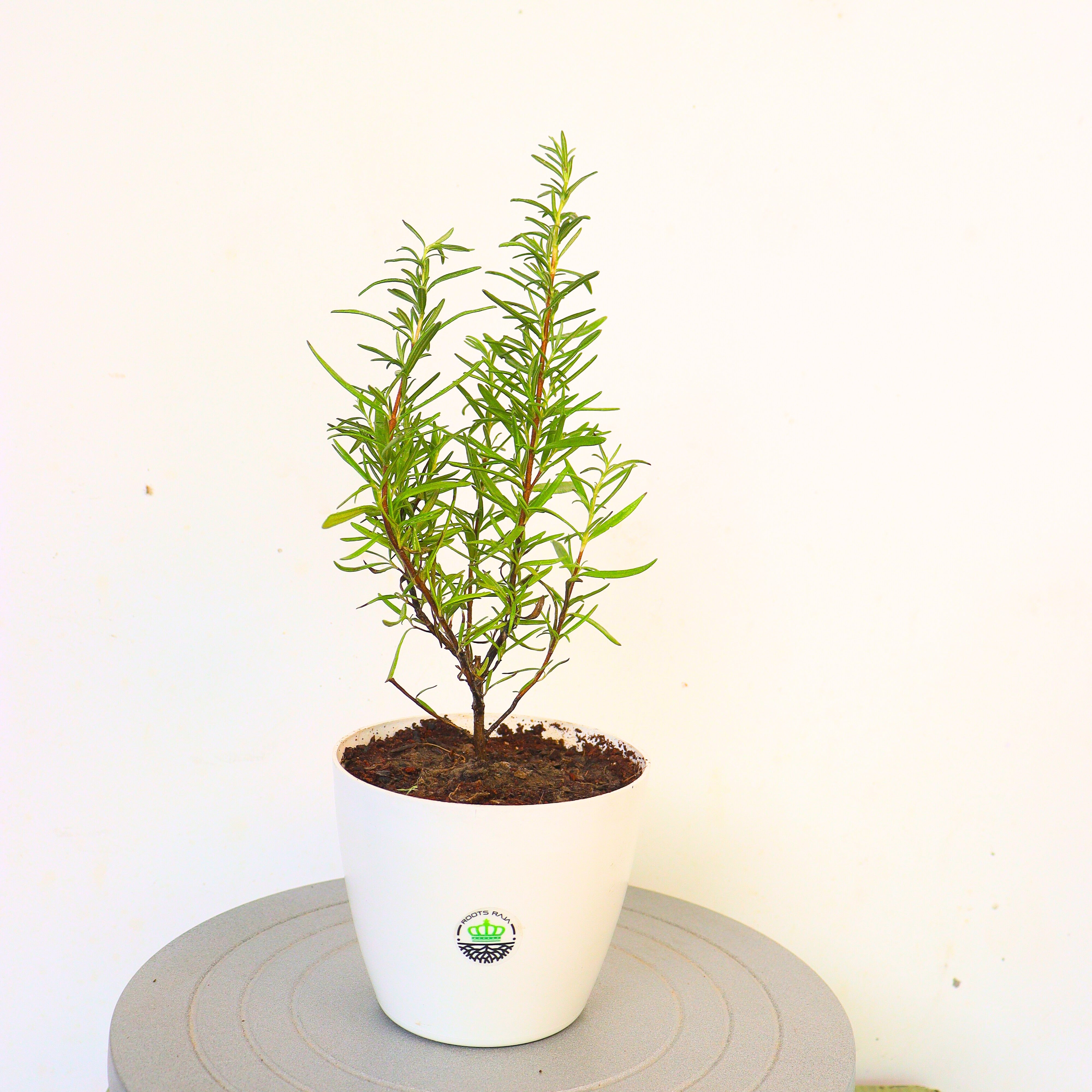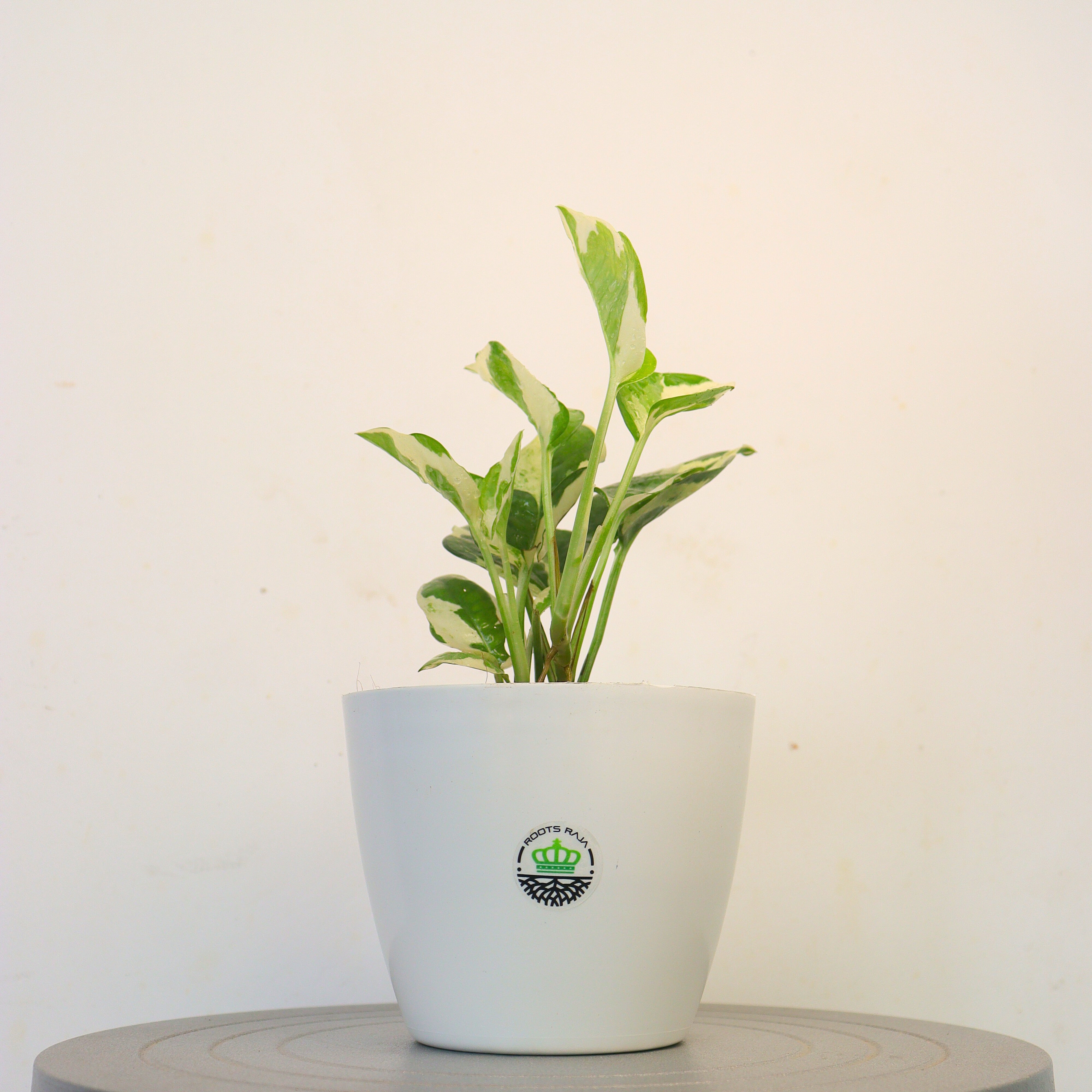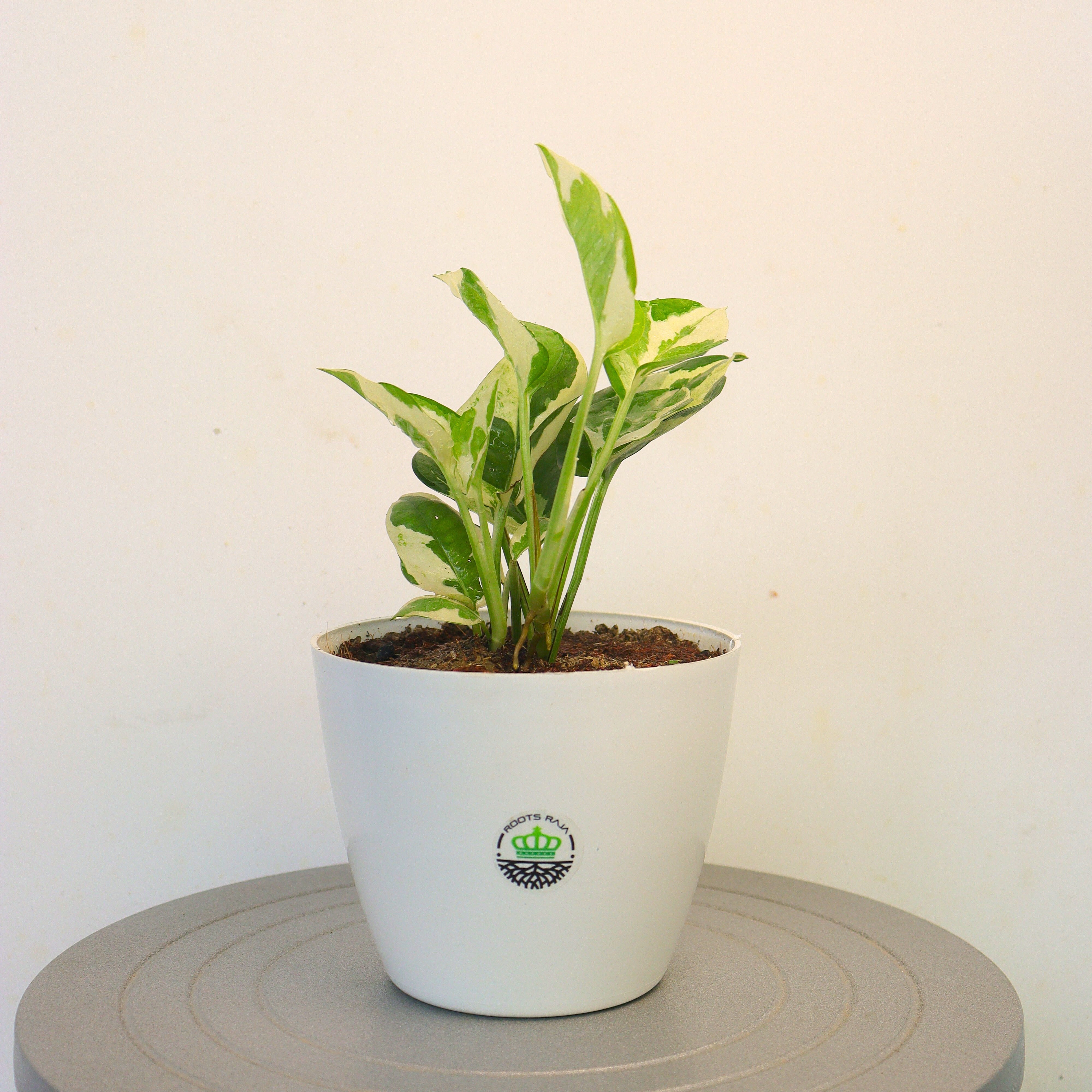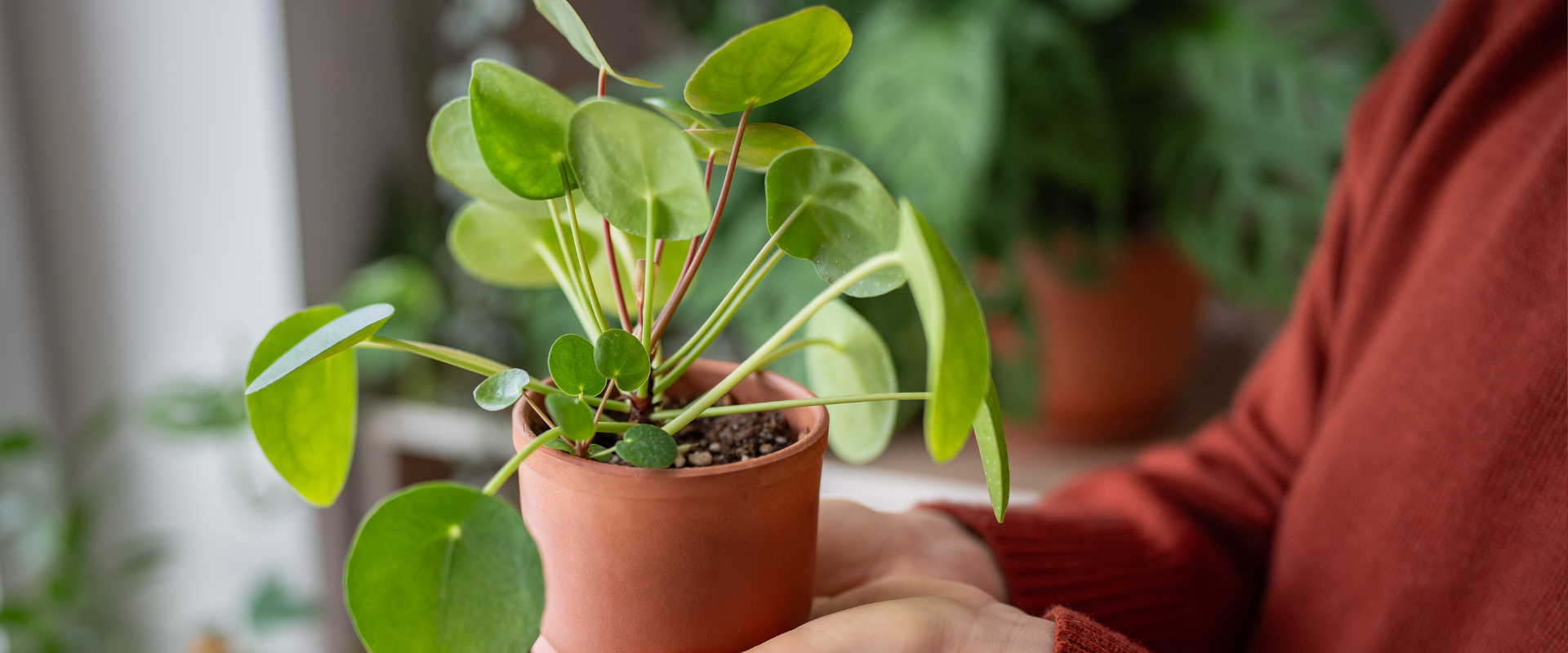
How to Care for a Chinese Money Plant (Pilea Peperomioides) – A Complete Guide
The Chinese money plant, also known as Pilea peperomioides, is one of the most beloved houseplants across the globe. With its round, coin-shaped leaves and compact growth, it brings not just beauty but also good vibes to indoor spaces. Also called the UFO plant or pancake plant, it’s admired for being both ornamental and beginner-friendly.
Whether you're a new plant parent or looking to add low-maintenance greenery to your space, this guide will help you understand how to care for a Chinese money plant effectively.
1. Light Requirements for Pilea Peperomioides
Chinese money plants prefer bright, indirect light. Too much direct sunlight can scorch the leaves, while too little light can cause leggy growth.
Tips:
- Place your plant near a north- or east-facing window.
- Rotate it weekly for balanced growth.
- If using artificial light, fluorescent grow lights work well.
2. Watering Your Chinese Money Plant
Overwatering is a common mistake with Pilea. The plant prefers its soil to dry out slightly between waterings.
Watering Tips:
- Water when the top 1–2 inches of soil feel dry.
- Ensure the pot has good drainage to prevent root rot.
- Reduce watering during the winter months.
3. Ideal Temperature and Humidity
Pilea thrives in average room temperatures between 15–25°C (59–77°F). It does well in normal indoor humidity but will appreciate a bit of extra moisture in dry environments.
Tips:
- Avoid placing near heaters or AC vents.
- Mist occasionally or use a humidity tray if your home is very dry.
4. Choosing the Right Soil
Chinese Money Plant grows best in a well-draining potting mix.
Soil Tips:
- Use a mix designed for houseplants or create your own with equal parts peat moss, perlite, and compost.
- Avoid heavy or clay-rich soils that hold too much water.
5. Fertilizing Pilea Peperomioides
Feed your plant with a balanced liquid fertilizer diluted to half strength during the growing season (spring and summer).
Fertilizer Tips:
- Fertilize once every 2–4 weeks from March to September.
- Avoid over-fertilizing as it may burn the roots or lead to salt buildup.
6. Pruning and Maintenance
Pilea is a tidy plant but may need occasional pruning to encourage bushier growth and remove yellowing leaves.
Maintenance Tips:
- Pinch back leggy stems to encourage fuller growth.
- Remove lower leaves if they start to wilt or discolor.
- Clean leaves gently with a damp cloth to remove dust.
7. Repotting Your Chinese Money Plant
Pilea grows relatively fast and may outgrow its pot every 1–2 years.
Repotting Tips:
- Choose a pot that’s 1–2 inches larger in diameter.
- Repot during spring for minimal stress.
- Be gentle with roots and use fresh, well-draining soil.
8. Propagation-Grow More Pileas!
One of the joys of growing a Chinese money plant is its easy propagation. It regularly produces "pups" or baby plants around the base.
How to Propagate:
- Wait until pups are at least 2–3 inches tall.
- Gently separate the baby plant from the mother using a clean knife.
- Replant in a small pot with moist soil.
- Keep in indirect light and water lightly until established.
Feng Shui and Symbolism
In Chinese culture, the round leaves of the Pilea symbolize wealth and prosperity, which is why it’s often called the Chinese Money Plant. It's considered lucky to gift this plant to others, especially new homeowners or those starting a new job.
Conclusion:
The Chinese Money Plant is a delightful addition to any home or office. With its unique look and minimal care needs, it suits both beginners and experienced plant lovers. Just give it the right balance of light, water, and occasional feeding, and you'll be rewarded with lush growth and even baby plants you can share!

